Sidewall Exhaust Fan in Industrial Ventilation
When it comes to effective industrial ventilation, the sidewall exhaust fan plays a vital role. Mounted directly on exterior walls, this type of fan provides a compact, energy-efficient solution for extracting stale air, fumes, and excess heat from commercial and industrial spaces. Whether used in factories, warehouses, commercial kitchens, or utility rooms, a well-designed sidewall exhaust fan can dramatically improve indoor air quality and ensure compliance with safety standards.
What Is a Sidewall Exhaust Fan?
A sidewall exhaust fan, also known as a wall-mounted exhaust fan, is a mechanical ventilation device installed on the sidewall of a building. Its primary purpose is to expel contaminated or heated air directly out of the facility. Compared to rooftop fans, sidewall units require fewer ducting components.
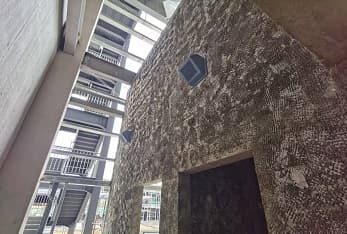
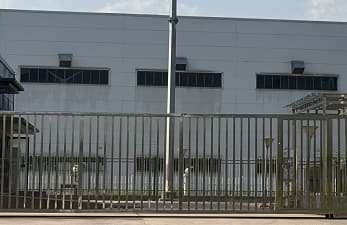
These fans typically feature:
-
A corrosion-resistant wall housing
-
A motor-driven impeller (often axial or centrifugal type)
-
Protective louvers or shutters that open when the fan operates
-
Weather hoods to prevent rain ingress
Insect screens or bird guards to protect the building interior.
Key Benefits of Sidewall Exhaust Fans
1. Energy Efficiency and Direct Airflow
Because sidewall exhaust fans remove air directly through the wall, they often require less ducting than ceiling-mounted or rooftop systems. This results in lower static pressure, improving fan efficiency and reducing operational costs.
2. Simple Installation and Maintenance
Sidewall exhaust fans can be installed without extensive roof access or structural modifications. Additionally, since the motor and fan components are easily accessible from the side, maintenance tasks like belt replacements or lubrication are more straightforward compared to roof-mounted fans.
3. Space-Saving Design
Sidewall fans are ideal for locations where ceiling or floor space is limited. They free up internal space, making them suitable for compact mechanical rooms, corridors, or confined industrial zones.
4. Improved Indoor Air Quality
By removing smoke, chemical fumes, or excess heat efficiently, sidewall exhaust fans contribute to a healthier work environment. This is especially critical in paint booths, welding stations, kitchens, and manufacturing facilities.
Typical Applications
Sidewall exhaust fans are commonly used in:
-
Factories and workshops: For removing heat and fumes from welding, machining, or paint processes.
-
Warehouses: For general air circulation and temperature control.
-
Commercial kitchens: To extract grease-laden vapors and smoke.
-
Utility and boiler rooms: To manage ambient heat and ensure safe equipment operation.
-
Parking garages: For CO and NOx ventilation where ceiling space is limited.
Sidewall Exhaust Fan vs. Other Ventilation Fans
| Feature | Sidewall Exhaust Fan | Rooftop Exhaust Fan | Duct Inline Fan |
|---|---|---|---|
| Installation Location | Mounted on wall | Mounted on roof | Inside duct system |
| Ductwork Required | Minimal | Often moderate | Requires duct connection |
| Maintenance Access | Easy | May require roof access | Moderate (depends on duct) |
| Typical Air Volume | Low to medium | Medium to high | Medium |
| Best Use Case | Limited ceiling space | Vertical exhaust needed | In-duct ventilation |
Design Considerations
When selecting a sidewall exhaust fan, several technical parameters must be considered:
-
Air volume and pressure: Match fan performance to the space's ventilation needs.
-
Motor type: EC motors or belt-driven motors depending on noise and efficiency needs.
-
Blade type: Axial fans are suitable for high airflow, while centrifugal types are better for higher static pressure.
-
Material and protection: Galvanized steel or aluminum housing with IP-rated motors for outdoor use.
Manufacturers like Zhejiang Shuangyang Fans Holding Co., Ltd provide a wide range of industrial-grade wall-mounted fans engineered to withstand harsh environments and continuous operation cycles.
Installation Tips
-
Ensure the fan is installed at the highest possible wall position to maximize hot air extraction.
-
Use backdraft dampers to prevent cold air or rain from entering when the fan is off.
Use weather hood to prevent rain ingress, and insect / bird screen to protect building interior.
-
If installed near noise-sensitive zones, consider adding a silencer hood or acoustic louver.
-
Electrical wiring and motor protections (e.g., IP55, insulation class F) must comply with local standards.
Conclusion
The sidewall exhaust fan remains an indispensable component of industrial ventilation strategy. Its compact design, high efficiency, and ease of installation make it ideal for a wide array of commercial and industrial applications.
If you're designing or upgrading a ventilation system, don't overlook this versatile yet powerful option.
Note: The content of the article cannot avoid omissions and errors. Welcome to propose corrections.
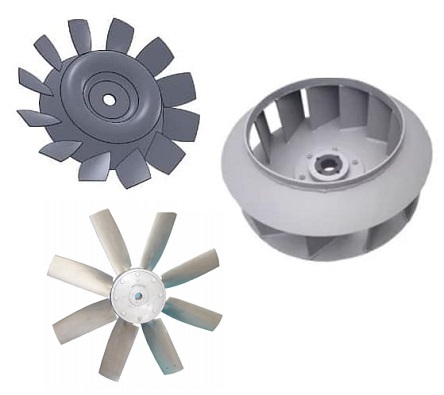 Libere el poder del ventilador de gabinete
Libere el poder del ventilador de gabinete
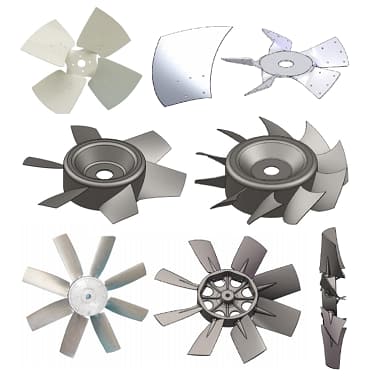 Ventilador axial industrial: Cómo mantener una circulación de aire adecuada
Ventilador axial industrial: Cómo mantener una circulación de aire adecuada
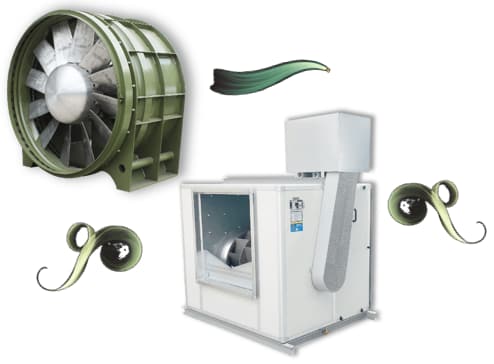 Ventilador de ventilación industrial: manteniendo una buena calidad del aire
Ventilador de ventilación industrial: manteniendo una buena calidad del aire
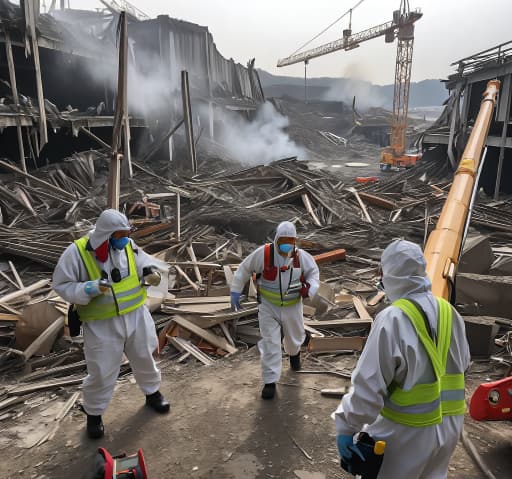 Ventilador a prueba de explosiones: garantizando la seguridad en entornos peligrosos
Ventilador a prueba de explosiones: garantizando la seguridad en entornos peligrosos

